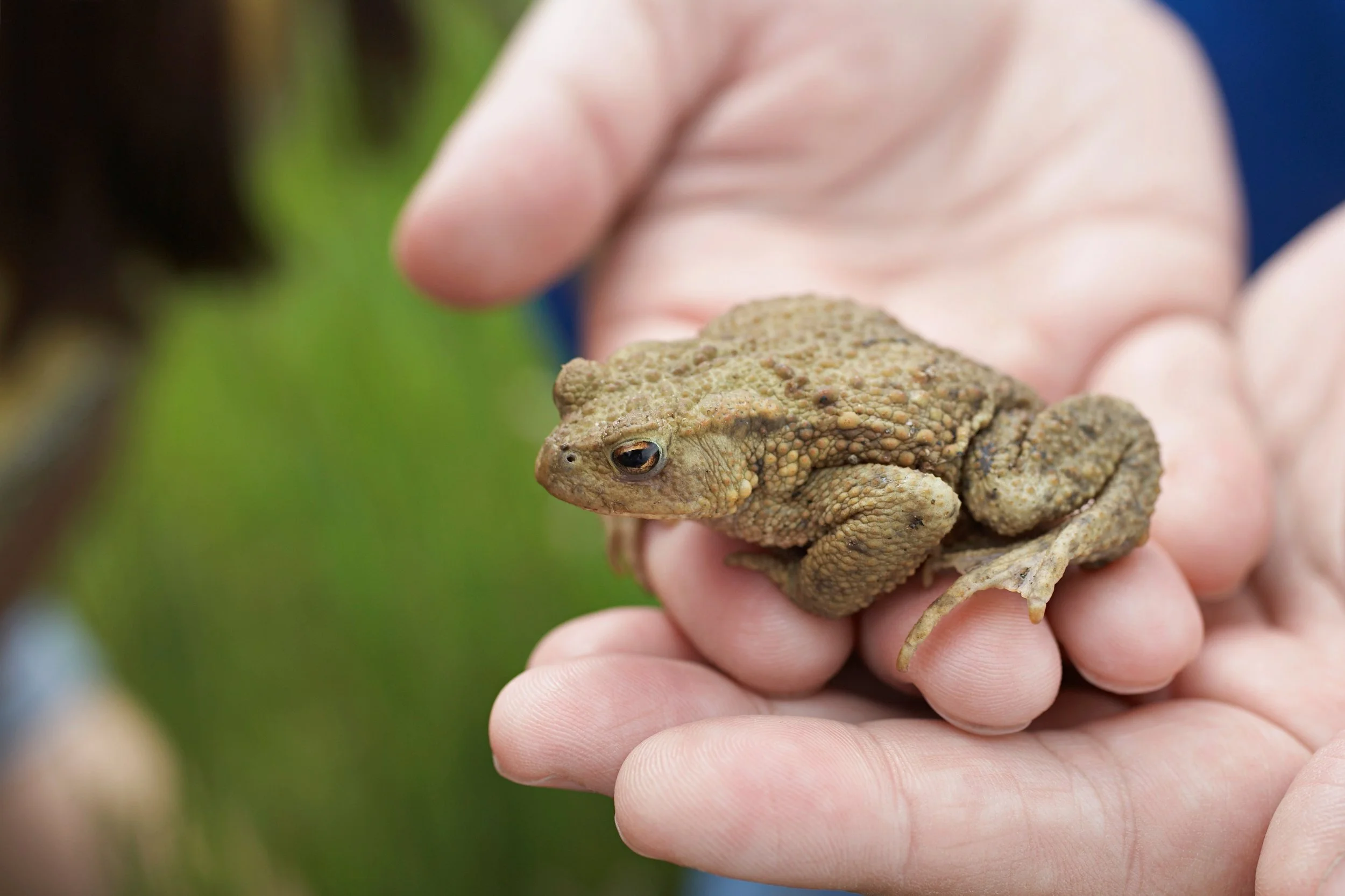It pays to take care of your frog
At the moment, most organisations (and the leaders within them) are spending far too much time on the bicycle and not nearly enough time on the frog. Let me explain why…
In his excellent book Intelligent Leadership, Alistair Mant describes organisational systems as populated by ‘Frog’ thinkers and ‘Bicycle’ thinkers.
He explains that ‘bicycle thinkers’ see different pieces of the system in great detail but often fail to understand the connections between the pieces. Frog thinkers, on the other hand, see less detail, but look for the whole picture and try to see the connections between different parts of the system. He also suggests that while Frog thinkers can do bicycle thinking to some degree, bicycle thinkers struggle with the Frog. Mant uses the privatisation of British Rail as an example of the sorts of disaster that can be created if we fail to pay attention to the Frog.
In my work I’ve borrowed his analogy to describe another aspect of systems thinking: organisational climate. The Bicycle represents the ‘angular’ stuff – systems, processes, organisational structure, rules etc. Anything that, when pulled apart and put back together again, can be expected to work as well, if not better than before. The Frog, in comparison is the ‘squishy’ stuff – culture, values, behaviour. Pull the frog apart and it doesn’t go back together: damage it and it takes time to recover; kill it and you’ll have to grow a whole new Frog.
Clearly there’s a requirement for both kinds of thinking. But, in our fluid, dynamic world (and let’s face it, this turbulence isn’t changing any time soon, if ever) it’s Frog thinking that is the difference between good and great. It may be the difference between success and failure.
Why? There’s a nice story told about Disneyland. I’ve no idea if it’s true – but even as a parable it illustrates the point. Disneyland is remarkably clean and owners of other parks and venues wanted the person responsible to come and tell them the secret. It’s not that big a deal she said, but they insisted that she come out and present to them at some industry event or other. When she got there, everyone was very excited to learn the process. ‘Well’, she said, ‘it’s like this. We tell people if you see a piece of litter, pick it up’.
It’s Frog thinking that builds relationships that transcend hierarchy so that when restructures come (and they will) it’s far less of a problem. It’s Frog thinking that sees (or at the very least, attempts to see) the impact that a change here will have over there. On customers for example, it’s Frog thinking that enables a behaviour to solve a problem for which the rules have no response. And so on.
So why don’t we do it more? Well, it’s harder for one thing: it’s easier to count things than build relationships; it’s easier to send an email than have a difficult conversation. Easier just not better.
But, like all things, we can get better with practice.
Environmental scientists use frogs as earlier warning systems because they are one of the animals that respond earliest to changes in climate. Likewise, the Frog is a much better indicator of the health of our systems than the bicycle. What does this mean? Essentially, leaders at all levels need to better understand – and then get close to – their Frog.

